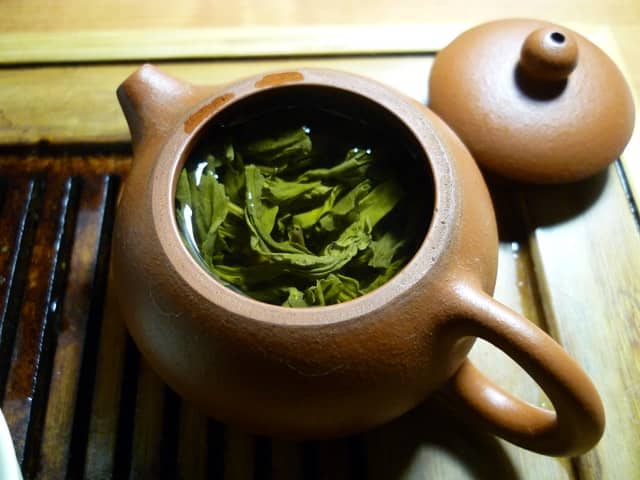Is Chamomile Tea Caffeine Free?
Quick Navigation
This post may contain affiliate links. Read the full disclosure here
Chamomile tea is a popular herbal drink for many reasons. Some people drink it in the evening to help them sleep, others like it for its taste.
Chamomile tea is usually made from the dried flower of the chamomile plant. This tea is often used for its calming effects before bedtime. Unlike traditional herbal teas, chamomile contains no caffeine and has a relaxing effect on the body.
But does chamomile tea contain caffeine? If not, then what is it that makes people feel more relaxed after drinking it? These are all questions that have been asked by tea drinkers, and here are the answers.
How much caffeine is in chamomile tea?
Chamomile tea does not contain caffeine. Chamomile tea is made from dried flowers of the plant Matricaria chamomilla or German chamomile. Chamomile, along with other herbal teas, is not made from the tea plant Camellia Sinensis.
This plant is where the most common teasteas come from like green tea and black tea, and also is the source of caffeinated teas. Herbal teas are made instead from dried flowers, leaves, seeds, or roots that are generally caffeine-free. If you are looking for a tea to drink at night, herbal tea is a good choice.

When does chamomile tea have caffeine?
Some manufacturers mix in other varieties of tea to get a specific flavor profile. If you want a completely caffeine-free chamomile tea, double-check when buying to make sure there aren’t any added teas. One easy way to make sure of this is to buy whole chamomile flowers that have been dried. We reviewed U.S. Wellness Naturals Chamomile Tea and would recommend it.

Which tea is highest in caffeine?
If you’re trying to figure out which cup of tea or coffee gives you the most caffeine, a chart that lists the caffeine content is handy. But if you’re trying to be more mindful of your caffeine intake, it’s helpful to also understand how caffeine works and learn how to read food labels.
It takes about 30 minutes for caffeine to reach its peak level in your bloodstream after you consume it. The half-life of caffeine in your body is about 5–6 hours. This means that it takes 5–6 hours for half of the caffeine you consumed to leave your body.
These are commonly reported caffeine contents of drinks. In my research, sources differed in the amount of caffeine they reported, so I calculated an average of
| Drink | Caffeine Content |
| Chamomile Tea | 0 mg |
| Green Tea | 40 mg |
| Black Tea | 50 mg |
| Oolong Tea | 37 – 55 mg |
| Espresso | 100 mg |
| Coffee | 115 mg |
| Cold Brew Coffee | 200 mg |
| Decaffeinated Coffee | 2 – 7 mg |
| Yerba Mate | 30 – 60 mg |
Adding caffeine to chamomile tea
Caffeine has been shown to have many benefits, including reducing the risk of Alzheimer’s disease and Parkinson’s disease. It also increases energy and alertness.
However, Adding caffeine to chamomile tea will be counter-productive if you are drinking it to sleep better. Chamomile tea has calming effects that will be negated by the caffeine.

If you simply like the flavor of Chamomile in your tea or want to reduce how much caffeine you consume, mixing caffeinated teas like black or green tea with chamomile tea will help to dilute the caffeine in either, simply because you are watering it down.
A straightforward way to do this is to brew two cups of tea, one with a caffeinated tea and one with chamomile. Once each is ready, then mix the two and pour into two cups. Now you have two servings of slightly caffeinated chamomile tea.
Since this will also reduce the already subtle flavor of the chamomile, I would recommend letting the chamomile brew longer than normal.

